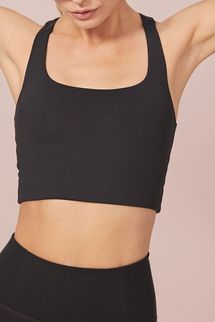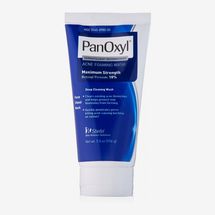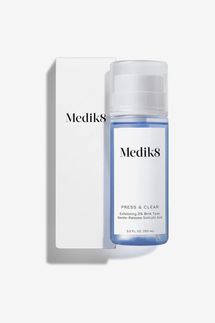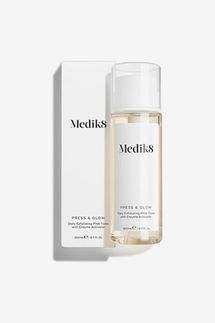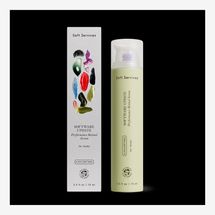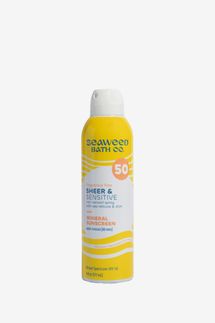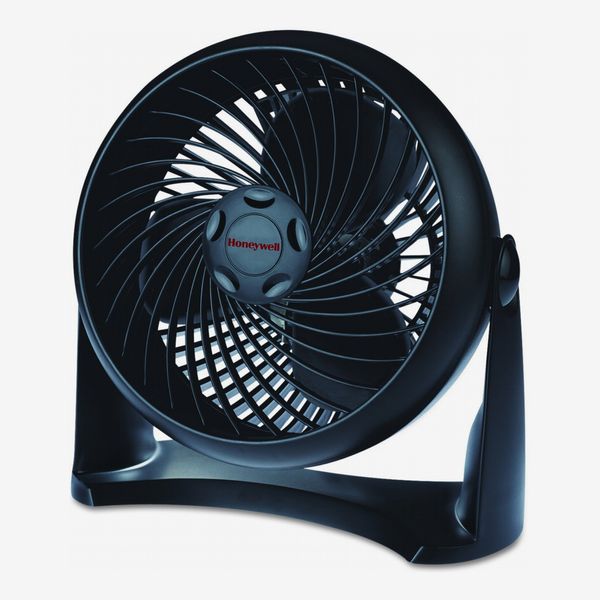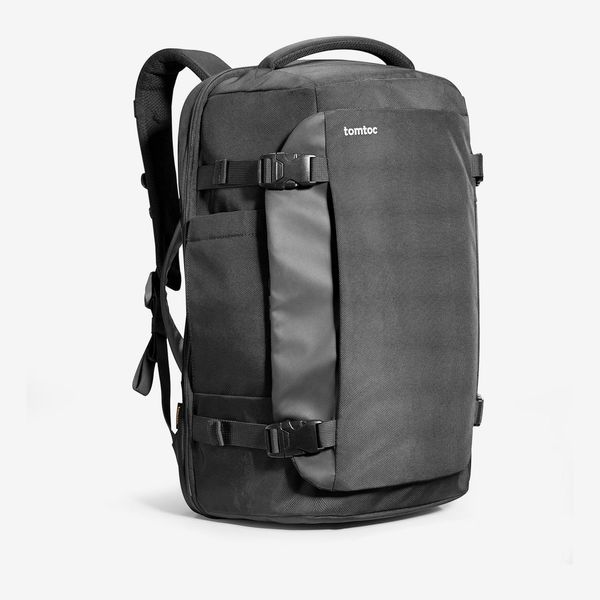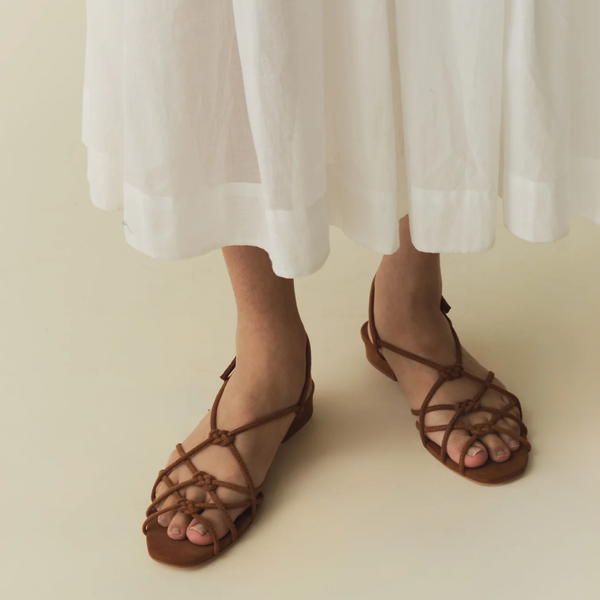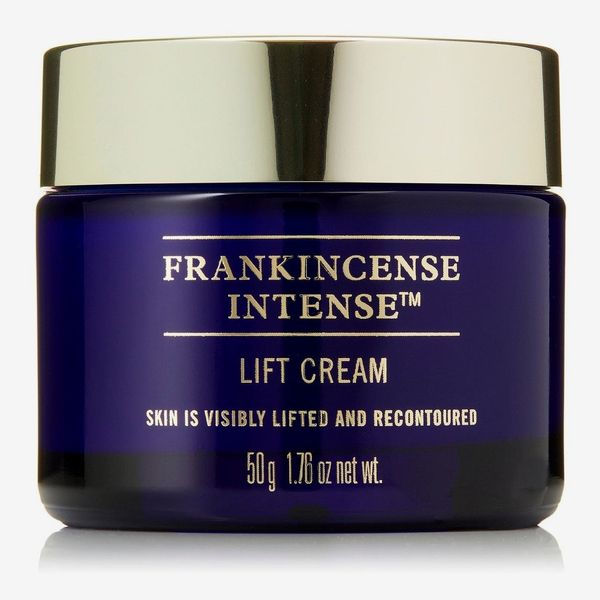
Unlike a pimple on your face, which makes itself apparent the moment you look in the mirror, acne on your shoulders or back can be sneaky — revealing itself when you’re lathering up in the shower or changing your clothes. Treating it can be challenging for the same reasons. How do you apply a pimple patch to a blemish that you can’t see and can barely reach? Some of the same ingredients, methods, and even products used to treat facial acne work for back acne but with some crucial adjustments.
We spoke to dermatologists to determine the safest and most effective strategies for preventing and treating body acne (defined as acne that appears on the back, chest, stomach, or buttocks), so you can bear your shoulders — and anything else — with confidence.
Lifestyle Interventions
1. Pinpoint your personal acne triggers.
Around 50 percent of people with facial acne have acne on their chest and back, too, according to the National Library of Medicine. The pimples often stem from the same cause.
Hormones play a significant role, explains Dr. Dendy Engelman, a dermatologist at Shafer Clinic in New York City. During puberty, an uptick in androgens prompts the sebaceous glands to produce excess oil. Hormonal imbalances in adulthood, particularly those associated with conditions such as polycystic ovary syndrome (PCOS) or adrenal disorders, can also influence body-acne development. “Hormones stimulate our oil glands, and how our oil glands respond to hormones is largely influenced by our genetics,” says Dr. Kiran Mian, medical and aesthetic dermatologist at Hudson Dermatology and Laser Surgery in New York City. This is why some people with oily skin tend to be more acne prone than others.
Finally, while poor hygiene affects all forms of acne, it can be especially triggering for body acne because the cleanliness of your clothing, linens, and towels — not just your skin — has an impact. Neglecting to wash your face or bathe, wearing sweaty clothes, or infrequently changing your sheets can make body acne worse. People who exercise often are often more prone to back acne because sweating excessively creates a warm, moist environment conducive to bacterial growth, says Dr. Ramtin Kassir, founder of Kassir Plastic Surgery in New York and Inside Beauty.
2. Wear loose-fitting cotton clothing.
The tighter your clothes are while you’re at spin class, the more likely you are to sweat — and then sit in that sweat. Choosing looser garments made from breathable fabrics such as cotton or moisture-wicking synthetic materials like polyester or nylon makes a significant difference.
You may also want to consider wearing moisture-wicking undershirts or sports bras during workouts to keep your back dry and reduce the risk of breakouts. Staff writer Tembe Denton-Hurst tested three of the sports bras recommended to the Strategist by fitness pros and found that nylon, polyester, and Lycra options worked best for wicking away sweat. A favorite of hers is Girlfriend Collective’s Paloma bra, made out of recycled polyester and spandex. She owns at least five.
3. Do the laundry more often.
Dr. Engelman says you should never reuse towels and should wash your sheets on the highest temperature setting every one to two weeks to avoid bacteria build up. (Strategist writer Dominique Pariso’s aesthetician recommends changing your pillowcase even more frequently; sleep on it once, flip it over the next night, and put on a new one on night three.) Make sure to launder or switch out your pajamas every one to two weeks, too. If you have clothing items you often rewear without washing — like a bra — try to break the habit. Wear bras and T-shirts no more than twice before washing.
Another skin-saving laundry tip: Eliminate fabric softener and dryer sheets from your routine. These products can add a film to textiles, and when that film gets on your bedding or clothing, it can clog your pores.
4. Shower with antibacterial soap.
If you exercise a lot and also have back acne, Dr. Karan Lal, a double board-certified adult and pediatric dermatologist with Affiliated Dermatology in Arizona, suggests using an antibacterial cleanser like Panoxyl’s Acne Foaming Wash immediately after your workouts to reduce bacteria on the skin and prevent inflammation. “Don’t wait, because back acne can lead to significant scarring, which is very hard to treat,” he says.
(In the past, the Strategist has also recommended Panoxyl for butt acne, another form of body acne. Our beauty columnist Rio Viera-Newton has used it to get rid of a “cystic zit about the size of a small blueberry” in just a few days with no irritation.)
5. Wear your hair up.
If you have long hair, be sure to tie it up while exercising or even just while taking a walk on a hot day, says dermatologist Marisa Garshick, a board-certified dermatologist at Medical Dermatology & Cosmetic Surgery in New York. “During an intense sweat session, some of the oils and buildup in the scalp can be transferred to the back and contribute to additional breakouts.” Be sure to wash your hair as soon as you feel an oil buildup. When applying conditioner, wash all of the product out of your hair and then wash your back because residue can build up as the conditioner drips down onto your skin. “This leads to clogged pores,” says Dr. Nazanin Saedi, board-certified dermatologist at Plymouth Dermatology in Plymouth Meeting, Pennsylvania.
Skin-care Treatments
1.Use products containing salicylic acid.
Salicylic acid helps to unclog pores without causing irritation, and it’s a great option for those with sensitive skin. It’s one of the active ingredients in Medik8’s Press & Clear, an exfoliating toner with beta-hydroxy acid (BHA) and tranexamic acid, which Dr. Garshick recommends. Press & Clear is technically for your face, but it’s perfectly fine to use it on the rest of your body too. Pour the product onto a cotton pad and do your best to apply it to the affected areas, allowing it to dry before putting on your clothes or using an additional spot treatment.
2. Exfoliate with polyhydroxy acids (PHAs).
PHAs are chemical exfoliants that assist in removing dead surface-skin cells (which lead to bacne) and help your skin texture become smoother over time. Dr. Garshick likes the Press & Glow Daily Exfoliating PHA Tonic with Enzyme Activator from Medik8 as well. PHA is a gentler option for those with sensitive skin; those on the oilier side may be better suited to a product containing BHA. You’ll want to apply this after a shower (and using body wash) on dry skin.
Avoid physical exfoliants, like beaded scrubs and loofahs. “It is so tempting to ‘scratch off’ back acne, but any sort of physical exfoliant has the likelihood of causing further irritation and making back acne worse,” warns Dr. Saedi.
3. Apply a retinol to help reduce inflammation.
Retinol is a derivative of vitamin A and a favorite of Dr. Kassir. It quickly heals acne and soothes inflammation anywhere on the body, and its exfoliating properties help fade acne scars and hyperpigmentation while regulating oil production. Consistent use of retinol, alongside gentle cleansing and moisturization, promotes clearer and smoother skin on the back. One that I recommend is Soft Services’ Software Update Performance Retinol Serum. This overnight treatment serum contains 0.25% pure retinol and 5% niacinamide, which also helps reduce inflammation.
4. Switch to a lightweight, noncomedogenic sunscreen.
When it comes to sun protection, look for soothing ingredients that won’t irritate your skin. Dr. Mian suggests the Sheer Mineral Sensitive Spray by Seaweed Bath Co.; it’s lightweight, features broad-spectrum protection, and includes algae, aloe, and shea butter. Studies have also shown that opting for a noncomedogenic sunscreen (that is, one that doesn’t contain pore-clogging ingredients) helps acne-prone skin.
If your bacne doesn’t clear or improve after ten weeks of lifestyle changes and over-the-counter treatments, or if it’s painful, see a dermatologist. A doctor can examine your skin and prescribe creams or oral medicine to help, including hormonal birth control, antibiotics, and oral isotretinoin, which clears pores by reducing the amount of oil that skin cells produce.
A dermatologist might also recommend medical-grade chemical peels, laser treatments, or steroid injections to target bacne and improve scarring.
Experts
Dr. Dendy Engelman, dermatologist at Shafer Clinic, New York City
Dr. Marisa Garshick, dermatologist at MDCS Dermatology: Medical Dermatology & Cosmetic Surgery Center in New York City
Dr. Ramtin Kassir, plastic surgeon and founder of Kassir Plastic Surgery and Inside Beauty in New York City
Dr. Nazanin Saedi, board-certified dermatologist at Plymouth Dermatology in Plymouth Meeting, Pennsylvania
Dr. Kiran Mian, medical and aesthetic dermatologist at Hudson Dermatology and Laser Surgery in New York City
Dr. Karan Lal, a double board-certified adult and pediatric dermatologist with Affiliated Dermatology in Arizona
The Strategist is designed to surface the most useful, expert recommendations for things to buy across the vast e-commerce landscape. Some of our latest conquests include the best acne treatments, rolling luggage, pillows for side sleepers, natural anxiety remedies, and bath towels. We update links when possible, but note that deals can expire and all prices are subject to change.
